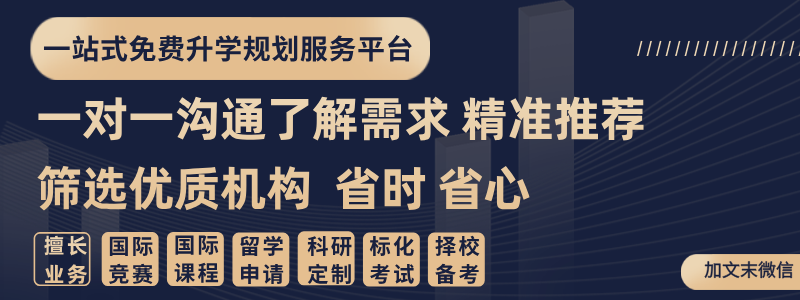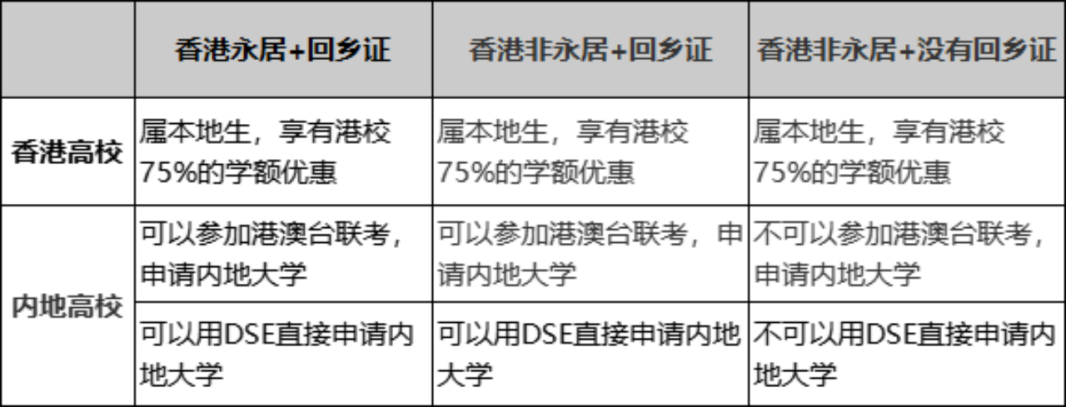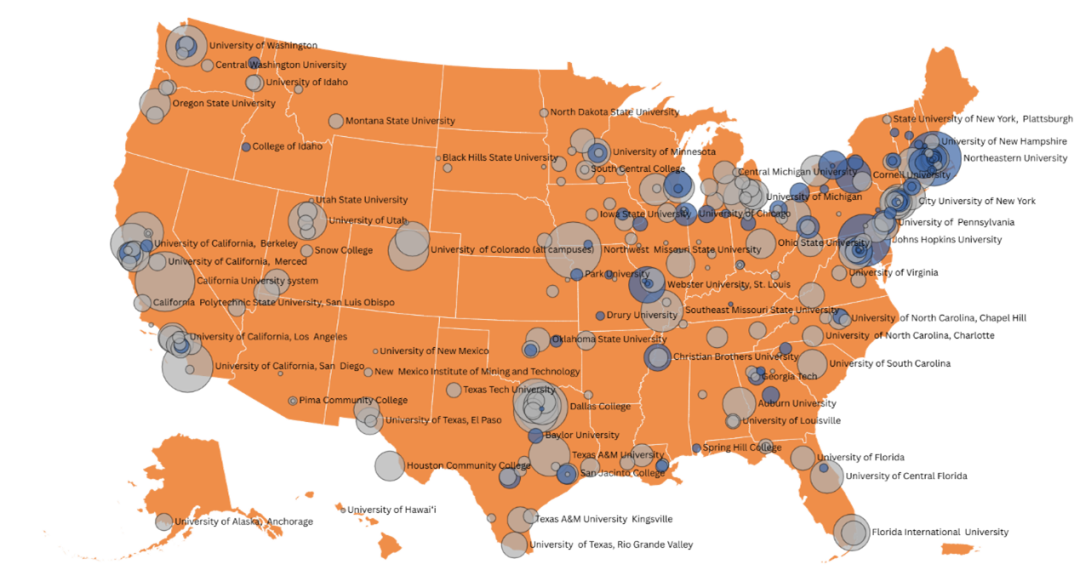很多接触A Level经济学的学生,都会感受到专业术语和概念带来的挑战。一方面,大家在日常生活中对经济学专业概念缺乏理解,另一方面,专业性的英文表达在日常的英语学习中涉及的并不多。
为了帮助同学们能够快速积累及掌握经济学的专业术语,接下来我们就为大家总结了考试中高频出现的一些词汇。赶紧来看一看吧!
宏观经济学
National Income 国民收入
定义:
The value of the output, expenditure or income of an economy over a period of time. 一个经济体在一段时期内的产出、支出或收入的价值。
Purchasing Power Parities 购买力平价
定义:
An exchange rate of one currency for another which compares how much a typical basket of goods in one country costs compared to that of another country. 根据各国不同的价格水平计算出来的货币之间的等值系数。目的是对各国的国内生产总值进行合理比较。
Circular Flow Of Income 国民收入循环流转
定义:
A model of the economy which shows the flow of goods, services and factors and their payments around the economy. 显示商品、服务、要素及其支付在经济中的流动的经济模型。
Inflation 通货膨胀
定义:
A sustained rise in the general price level over time. 一般价格水平在一段时间内的持续上升。
Deflation 通货紧缩
定义:
A fall in the price level 价格水平的下降
Fiscal Policy 财政政策
定义:
The decisions made about the spending, taxes and borrowing of the government used to control aggregate demand in the economy. 政府为控制经济中的总需求而做出的关于支出、税收和借款的决定。
Monetary Policy 货币政策
定义:
The attempt by government or a central bank to manipulate the money supply, the supply of credit, interest rates or any other monetary variables, to achieve the fulfilment of policy goals such as price stability. 政府或中央银行试图操作货币供应、信贷供应、利率或任何其他货币变量,以实现价格稳定等政策目标。
Economic Growth 经济增长
定义:
Growth in the productive potential of the economy – an increase in a country’s National Income. 经济的生产潜力的增长 - 一个国家的国民收入的增加
Economic Recovery 经济复苏
定义:
The movement back from where the economy is operating below its productive potential to a point where it is at its productive potential. 经济从低于其生产潜力的运行状态回升到达到其生产潜力的状态。
Retained Profit 留存利润
定义:
Profit kept back by a firm for its own use which is not distributed to shareholders or used to pay taxation. 公司保留下来供自己使用的利润,不分配给股东或用于支付税款。
Appreciation Or Depreciation Of A Currency 货币的升值或贬值
定义:
A rise or fall in the value of a currency when the currency is floating and market forces determine its value. 当货币是浮动的,市场力量决定其价值时,货币价值的上升或下降。
Output Gap 产出差距
定义:
The difference between the actual level of GDP and the productive potential of the economy. 国内生产总值的实际水平与经济的生产潜力之间的差异。
Structural Unemployment 结构性失业
定义:
When the pattern of demand and production changes, leaving workers unemployed in labour markets where demand has shrunk. Examples of structural unemployment are regional, sectoral or technological unemployment. 当需求和生产模式发生变化,使工人在需求萎缩的劳动力市场中失业。结构性失业的例子包括区域性、部门性或技术性失业。
微观经济学
Production Possibility Frontier (PPF) 生产可能性边界
定义:
A curve which shows the maximum potential level of output of one good given a level of output for all other goods in the economy. 在经济中所有其他商品的产出水平下,显示一种商品的最大潜在产出水平的曲线。
Capital Productivity 资本生产力
定义:
Output per unit of capital employed 每单位资本的产出
Productivity 生产力
定义:
Output per unit of input employed 每单位投入的产出
Factors Of Production 生产要素
定义:
The inputs to the production process: land, which is all natural resources; labour, which is the workforce; capital, which is the stock of manufactured resources used in the production of goods and services; enterprise, individuals seeking out profitable opportunities for production and taking risks in attempting to exploit these.
生产过程的投入:土地,即所有自然资源;劳动,即劳动力;资本,即用于生产商品和服务的人造资源存量;企业,即寻求有利可图的生产机会并在试图利用这些机会时承担风险的个人。
Normative Statement 规范性声明
定义:
A statement which cannot be supported or refuted because it is a value judgement. 不能被支持或反驳的声明,因为它是一种价值判断。
Positive Economics 积极的经济学
定义:
The scientific or objective study of the allocation of resources. 对资源分配的科学或客观研究。
Free-market Economy 自由市场经济
定义:
An economic system which resolves the basic economic problem through the market mechanism. 一种通过市场机制解决基本经济问题的经济体系。
Consumer Surplus 消费者盈余
定义:
The difference between how much buyers are prepared to pay for a good and what they actually pay. 购买者准备为某种商品支付的费用与他们实际支付的费用之间的差异。
Complement 互补品
定义:
A good which is purchased with other goods to satisfy a want. 为满足某种需求而与其他商品一起购买的商品。
Inferior Good 劣质商品
定义:
A good where demand falls when income increases (i.e. it has a negative income elasticity of demand). 在收入增加时,需求量下降的商品(即需求的收入弹性为负)。
Normal Good 正常商品
定义:
A good where demand increases when income increases (i.e. it has a positive income elasticity of demand). 当收入增加时,需求增加的商品(即它的收入需求弹性为正)。
Giffen Good 吉芬商品
定义:
A special type of inferior good where demand increases when price increases. 一种特殊的劣质商品,当价格上涨时,需求也随之增加。
Market Failure 市场失灵
定义:
Occurs when the price mechanism causes an inefficient allocation of resources; the forces of demand and supply lead to a net welfare loss in society. 当价格机制导致资源的无效率配置时发生;需求和供应的力量导致社会的净福利损失。
Buffer Stock Schemes 缓冲库存计划
定义:
A scheme whereby an organisation buys and sells in the open market so as to maintain a minimum price in the market for a product. 一个组织在公开市场上进行买卖,以维持产品在市场上的最低价格的计划。
Income Elasticity Of Demand 需求的收入弹性
定义:
A measure of the responsiveness of quantity demanded to a change in income. It is measured by dividing the percentage change in quantity demanded by the percentage change in income. 衡量需求量对收入变化的反应能力。用需求量变化的百分比除以收入变化的百分比。













